This new peer-reviewed study published in Environmental Health has linked glyphosate levels with shortened pregnancy lengths, in the first ever study of glyphosate exposure in pregnant women in the U.S..
Glyphosate exposure in pregnancy and shortened gestational length: a prospective Indiana birth cohort study
Full Study: ehjournal.biomedcentral.com
Authors: S. Parvez, R. R. Gerona, C. Proctor, M. Friesen, J. L. Ashby, J. L. Reiter, Z. Lui and P. D. Winchester
Abstract:
Background
Glyphosate (GLY) is the most heavily used herbicide worldwide but the extent of exposure in human pregnancy remains unknown. Its residues are found in the environment, major crops, and food items that humans, including pregnant women, consume daily. Since GLY exposure in pregnancy may also increase fetal exposure risk, we designed a birth-cohort study to determine exposure frequency, potential exposure pathways, and associations with fetal growth indicators and pregnancy length.
Method
Urine and residential drinking water samples were obtained from 71 women with singleton pregnancies living in Central Indiana while they received routine prenatal care. GLY measurements were performed using liquid chromatography-tandem mass spectrometry. Demographic and survey information relating to food and water consumption, stress, and residence were obtained by questionnaire. Maternal risk factors and neonatal outcomes were abstracted from medical records. Correlation analyses were used to assess relationships of urine GLY levels with fetal growth indicators and gestational length.
Results
The mean age of participants was 29 years, and the majority were Caucasian. Ninety three percent of the pregnant women had GLY levels above the limit of detection (0.1 ng/mL). Mean urinary GLY was 3.40 ng/mL (range 0.5–7.20 ng/mL). Higher GLY levels were found in women who lived in rural areas (p = 0.02), and in those who consumed > 24 oz. of caffeinated beverages per day (p = 0.004). None of the drinking water samples had detectable GLY levels. We observed no correlations with fetal growth indicators such as birth weight percentile and head circumference. However, higher GLY urine levels were significantly correlated with shortened gestational lengths (r = − 0.28, p = 0.02).
Conclusions
This is the first study of GLY exposure in US pregnant women using urine specimens as a direct measure of exposure. We found that > 90% of pregnant women had detectable GLY levels and that these levels correlated significantly with shortened pregnancy lengths. Although our study cohort was small and regional and had limited racial/ethnic diversity, it provides direct evidence of maternal GLY exposure and a significant correlation with shortened pregnancy. Further investigations in a more geographically and racially diverse cohort would be necessary before these findings could be generalized.




































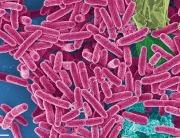













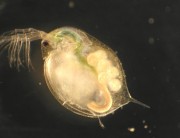


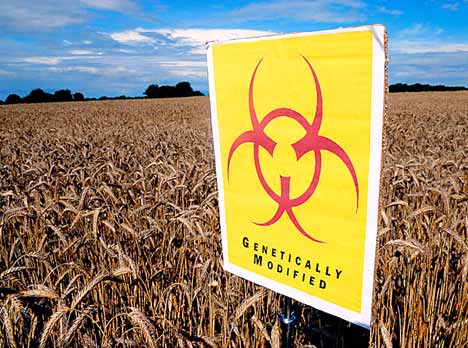



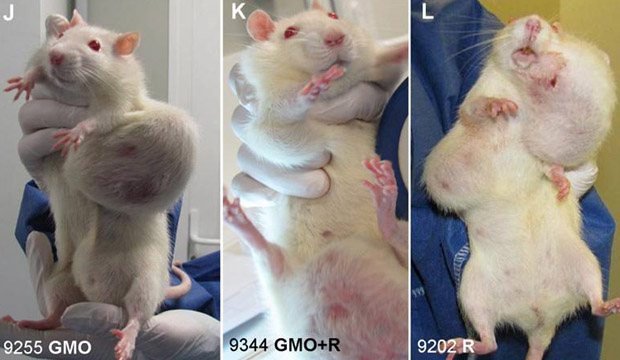


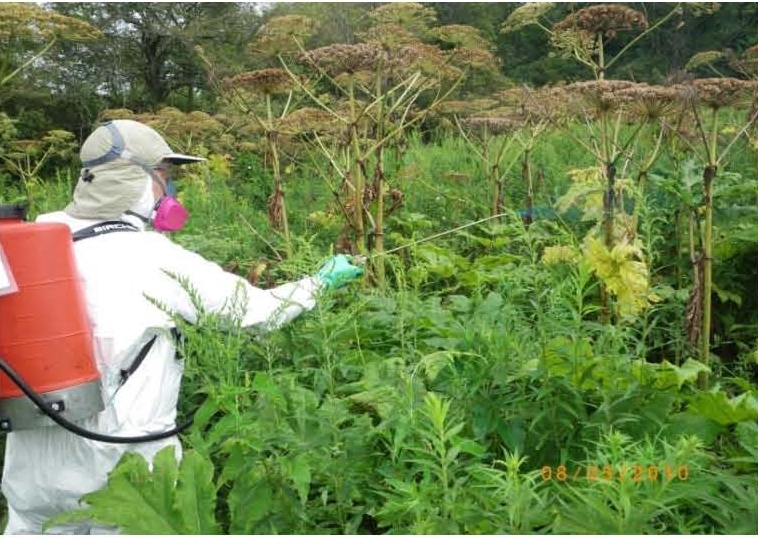


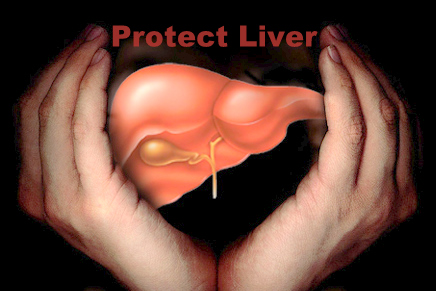
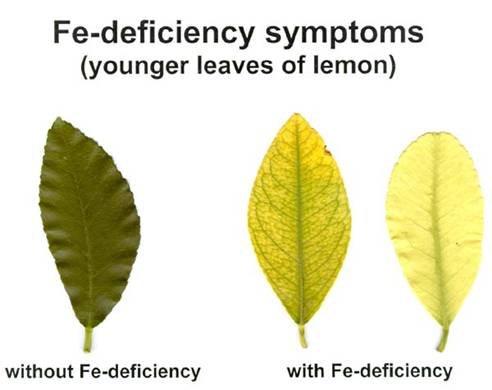

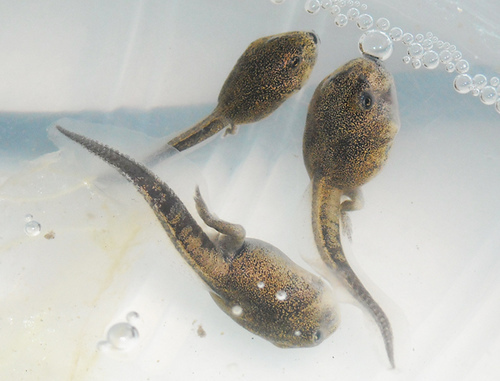
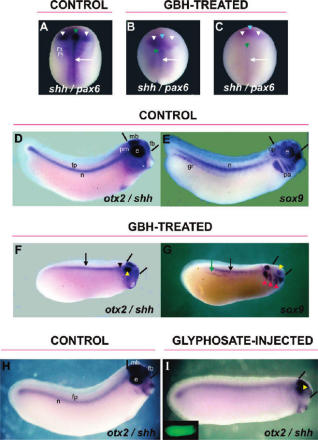
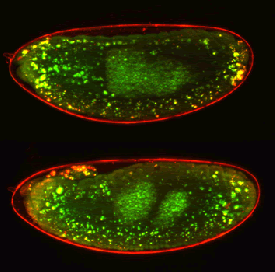









Excellent site! I speak about GMOs on my show, The Granny Good-Food Show at KZSM.org (Live on Tuesdays at noon, Central Time). I’ve been discussing women’s health, “12 Reasons for Estrogen Dominance.”
My co-host “Uncle Gene” and I always say, “Who paid for the study?” when we quote the FDA telling us that certain foods are safe. So, may I ask — who paid for this study? I assume it was NOT Monsanto. Thanks!